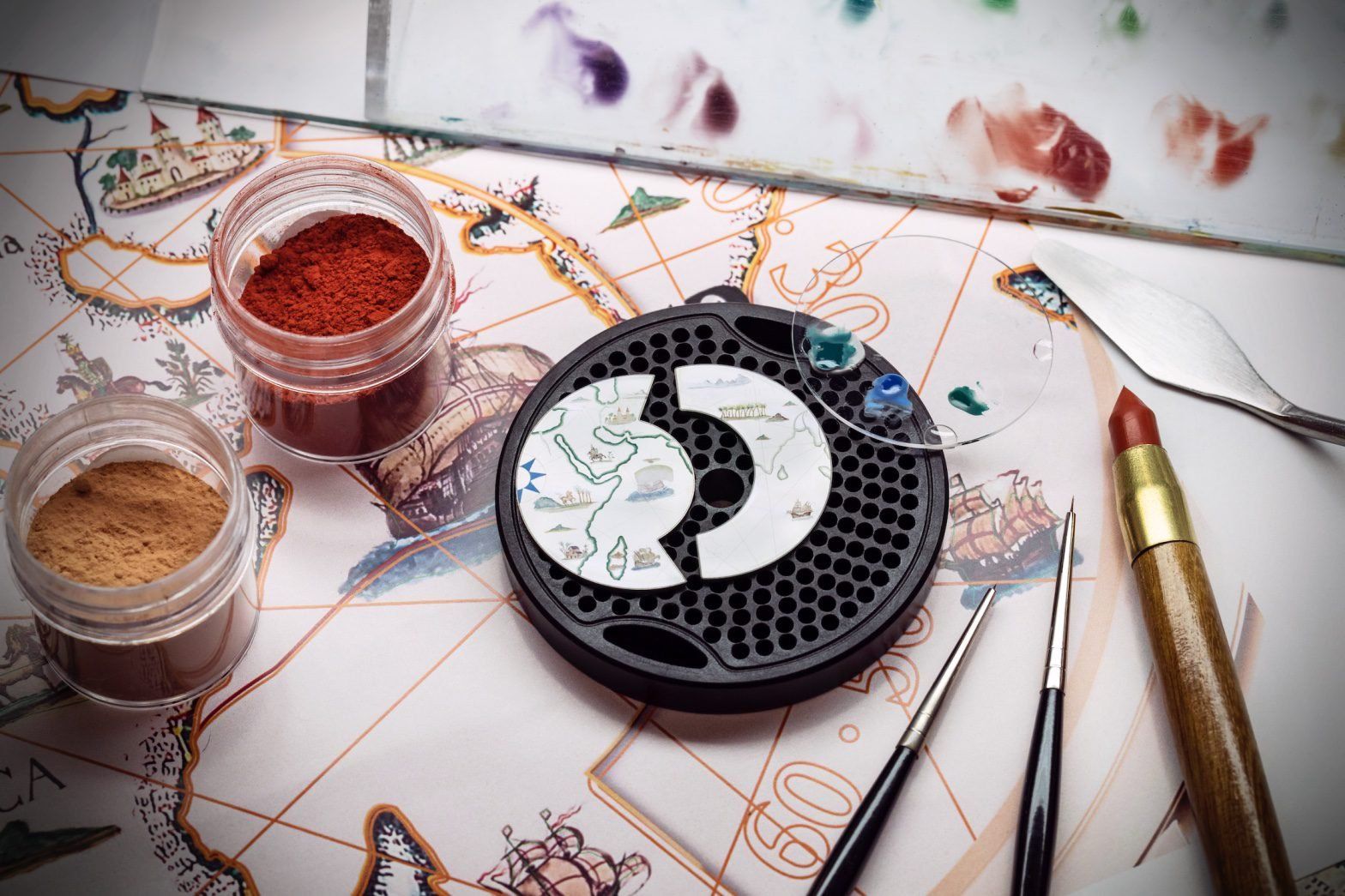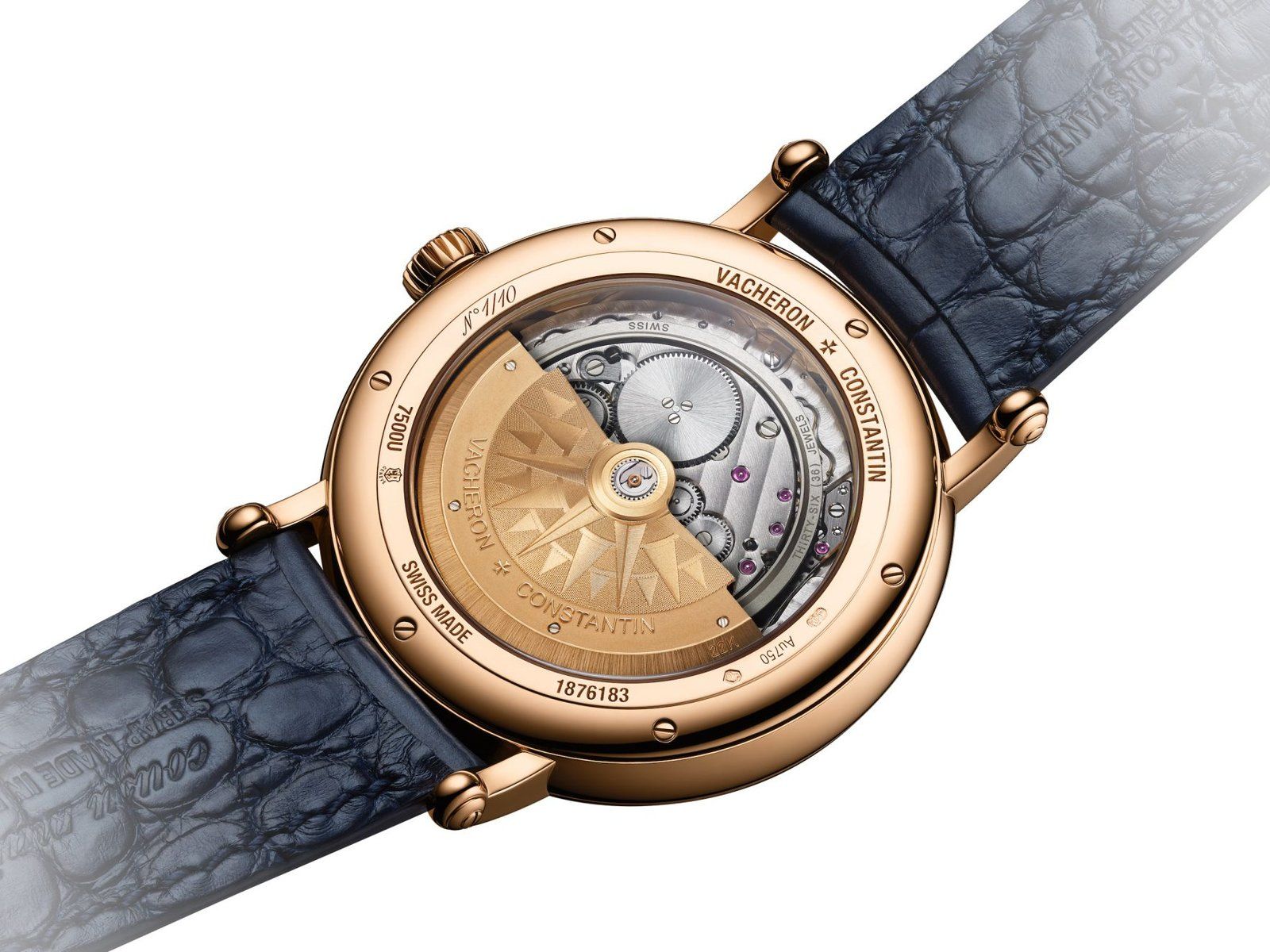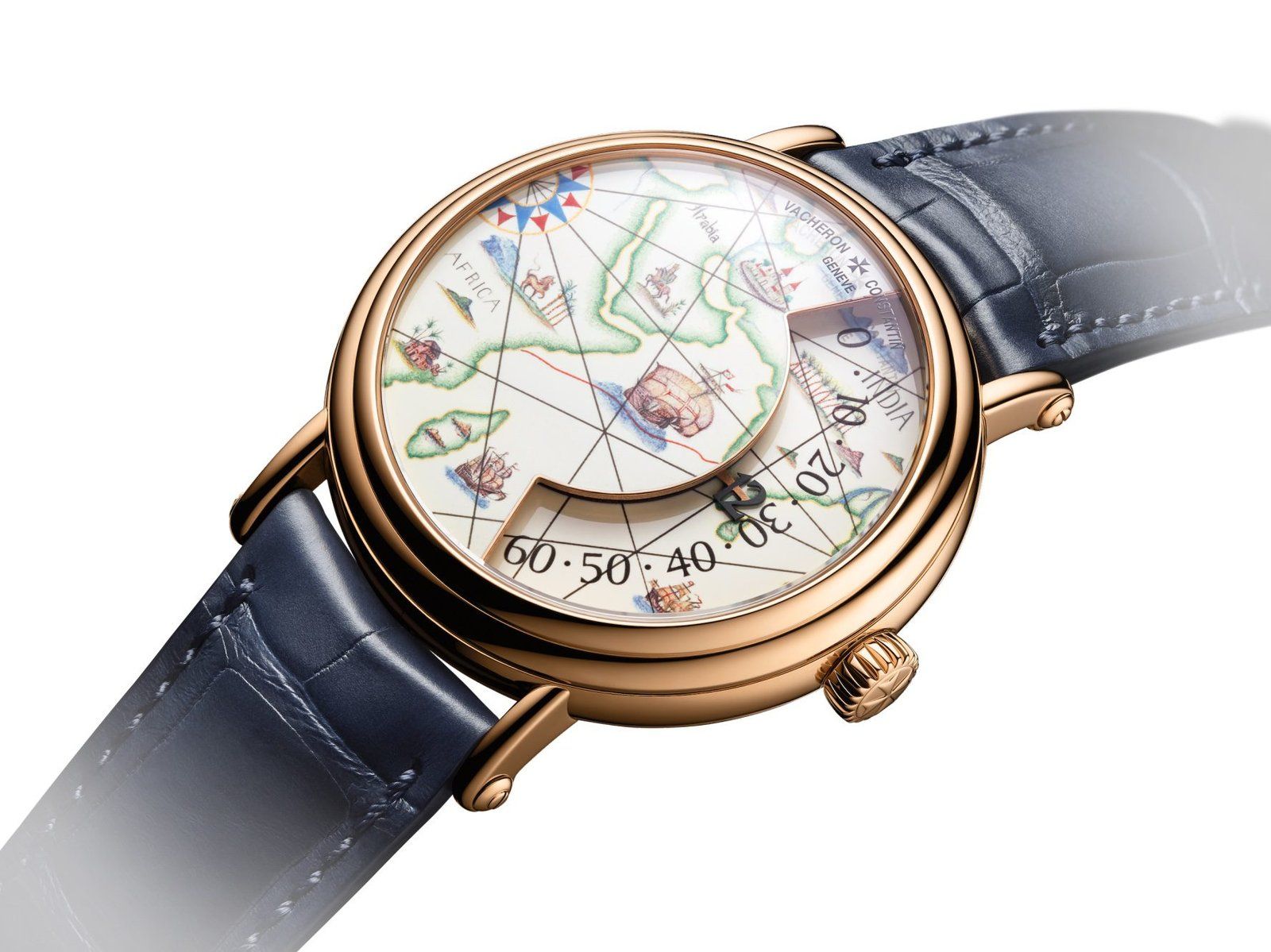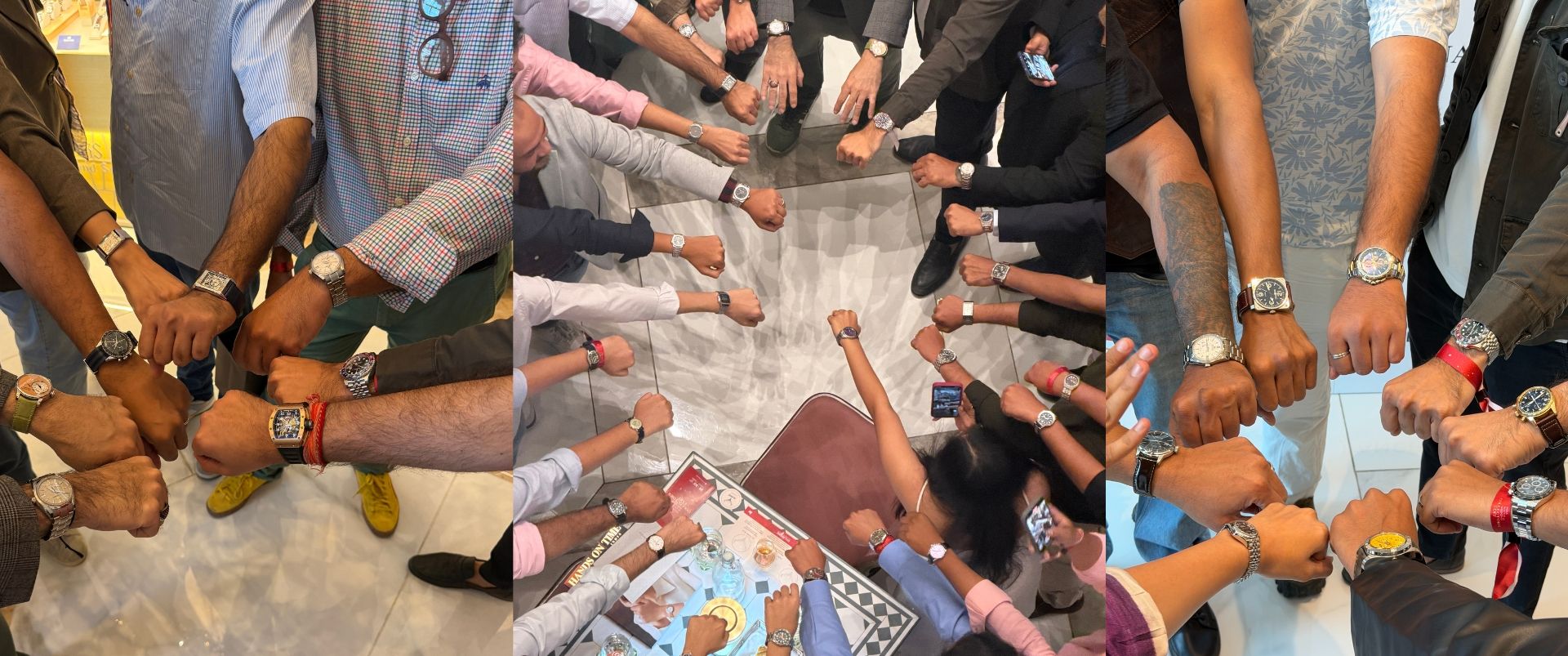Watches & Wonders 2021: Vacheron Constantin Métiers d’Art Tribute to great explorers
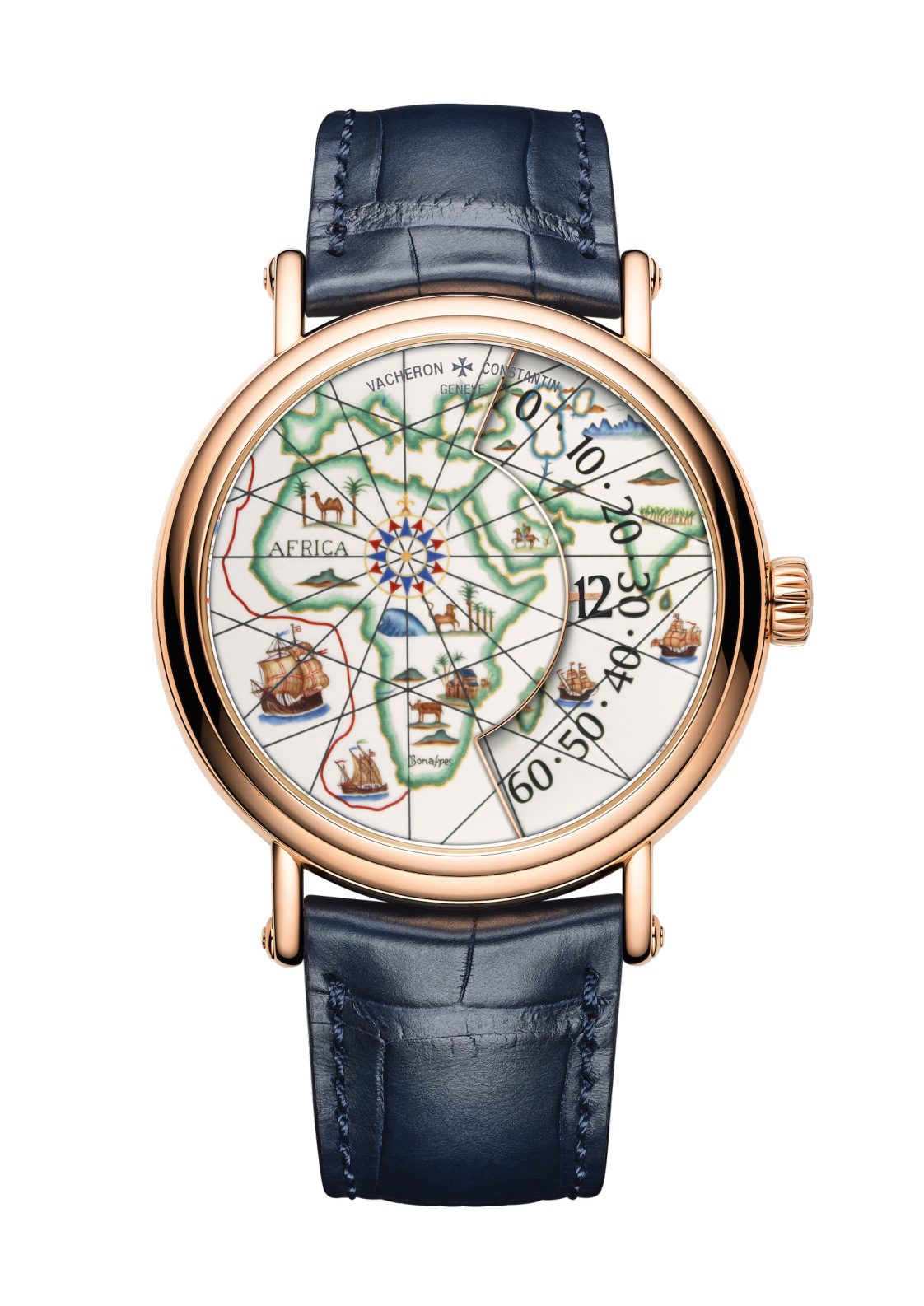
Inspired by a map from the 1519 Miller Atlas, of which a painted reproduction is kept in the Portuguese Maritime Museum (Museu de Marinha – Lisbon), each dial shows a part of the world and the maritime routes respectively taken by the three explorers. In order to replicate the finely nuanced colours and the extreme delicacy of the motifs, the Maison opted for the art of enamelling. The result is three dials in Grand Feu enamel, masterpieces of patience and precision that require a full month's work and 11 firings in the kiln at a temperature of between 800 and 900°C. These are all stages in which mastering fire proves crucial, since a few seconds too many can jeopardise several weeks of work.
The art of enamelling is a rare skill, a subtle blend of experience and sensitivity demonstrated in each move made by the artisan. Composed of crystal and metal oxides, enamels come in the form of small blocks of colour that the enameller first crushes into an extremely fine powder. The latter is then worked to create a substance similar to paint, which is applied in successive touches, enabling the enameller to represent motifs with incredible finesse and nuance. After coating the dial with the background colour, the enameller tackles the dial motifs, starting with the outlines of the continents, which are here enhanced with gold-coloured enamel powder. The decorative elements of this elegant composition – including the ships, fauna, flora and wind rose – are also produced using the delicate technique of miniature painting, thus serving to reproduce a host of details and subtly graded shades, obtained after numerous tests by the enameller. Each addition of colour requires another firing, since enamel is a mineral material that must be melted down in order to display its famous brilliance and intense depth.
So as to give free rein to the enameller's expertise, the three Métiers d'Art Tribute to great explorers models are powered by in-house Calibre 1120 AT. This movement is distinguished first and foremost by its 5.45 mm thinness enabling the 41 mm-diameter 4N pink gold case to maintain a trim 11.68 mm overall thickness guaranteeing an elegant appearance on the wrist.
The mechanism is also distinguished by its singular construction and its original time display mode enabling the wearer to travel visually through the dial as the hours pass by. Concealed beneath the upper part of the dial, the hour wheel is equipped with three arms each bearing four hours numerals, driven in turn by a cam shaped like the Manufacture’s Maltese cross inspired emblem. This ingenious satellite module enables the hours to sweep across the dial from top to bottom, traversing the fixed minutes circle positioned along a 120° arc. The hours numerals thus travel through the dial and their position gives an indication of the minutes replacing a traditional hand-type display.
Revealed through the transparent case-back, the movement decorations – notably including the 22-carat pink gold oscillating weight adorned with a wind rose – are entirely worthy of its technical nature.
Métiers d’Art Tribute to great explorers –Bartolomeu Dias
imageBD
If his crews had not convinced him to give up on continuing the journey beyond the southern tip of Africa, perhaps Bartolomeu Dias (1450 – 1500) would have been the first to reach the Indies. The illustrious Portuguese explorer made history in a different way, by discovering the Cape of Good Hope in 1488, paving the way for future expeditions. Bartolomeu Dias was also a member of the crew of Vasco da Gama, who led his fleet to the Indies between 1497 and 1498.
The route taken by Bartolomeu Dias' ships in 1488 is represented by a red line on the Grand Feu enamel dial, enhanced by numerous incredibly refined details. With the help of a magnifying glass, a close look will reveal the silhouette of the men composing the explorer's crew on board the two ships sailing west of Africa; or the palette of shades used by the enameller to precisely reproduce the landscapes, fauna and flora as they are represented on the map of the Miller Atlas.
Métiers d’Art Tribute to great explorers – Vasco da Gama
imageVG
The long journey that took him from Portugal to the coasts of India was one of the most important 15th century discoveries. The Portuguese explorer Vasco da Gama (1469 –1524), who left his native country in 1497, was the first to travel from Europe and Asia by sea, following an epic and often hellish journey across the Atlantic and Indian Oceans. After circumnavigating the southern tip of Africa, his fleet of four ships sailed along the coast as far as Kenya before embarking on a crossing towards the Indies, which he reached in 1498.
The sea route taken by its crew is finely traced in red enamel on the dial, each detail of which is a very faithful reproduction of the map appearing in the Miller Atlas. The gaze will naturally be drawn to a ship from Vasco da Gama's fleet in the dial centre, sails billowing on a stormy sea; or to the circumference of the wind rose and the continents enhanced with gold-coloured enamel powder.
Métiers d’Art Tribute to great explorers – Pedro Álvares Cabral
imagePC
It is to this Portuguese aristocrat and explorer that we owe the discovery of Brazil in 1500. Pedro Álvares Cabral (1467 - 1520) was commissioned by King Manuel I of Portugal to travel to the Indies to continue the work of Vasco da Gama, but he took a very different route from his contemporary. Rather than sailing along the African coast to the southern tip of Africa, the fleet led by Pedro Álvares Cabral headed west, until they discovered a new world, Brazil.
This route is depicted by a red enamel line standing out against a beige enamel background punctuated by extremely faithful representations of the elements present on the map of the Miller Atlas. In the centre of the dial, a ship from Pedro Álvares Cabral's fleet, sails buffeted by the wind, proudly cleaves the sea in an extraordinarily lifelike manner. The accuracy of the craftsmanship is also expressed in the shimmering feathers of the birds as well as in the depiction of human figures on the South American continent.
Vacheron Constantin’s creativity has always remained closely attuned to its time while evoking its memories. This byword for elegance, adopted by each watchmaker, artisan and designer throughout the years and centuries, celebrates heritage and dares to explore the unexpected. Poised at the intersection between technical virtuosity and aesthetic refinement, the enduring allure of Vacheron Constantin timepieces makes its way unscathed through passing eras. Because timelessness cannot be achieved merely by complying with the canons of traditional watchmaking, each creation is tinged with a touch of boldness revealed in the smallest details. Special displays, offset indications, specific chamfering of all components, hand-crafted finishing and the complexity of a mechanism are just a few examples of this expertise. The result is a very personal field of expression where technique and style converge in a subtle harmony between the conventional and the atypical.
No articles found


